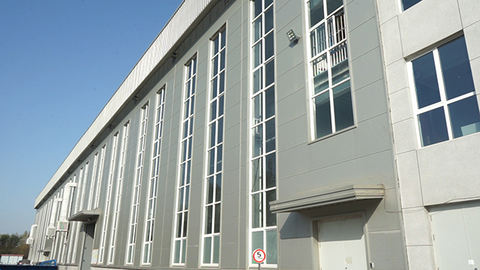Understanding the Importance of Garage Door Bottom Seals for Home Protection
Understanding Garage Door Bottom Seals Importance, Types, and Maintenance
The garage door serves as a vital entry point for many homes, providing security, storage, and convenience. However, one often overlooked yet crucial component of a garage door is its bottom seal. The garage door bottom seal not only enhances the door’s functional performance but also plays a significant role in the overall efficiency and protection of your garage space.
Importance of Garage Door Bottom Seals
The main purpose of the garage door bottom seal is to create a tight barrier between the garage door and the ground. It prevents air, moisture, dust, dirt, and pests from entering the garage, thereby maintaining a clean and comfortable environment. Additionally, a good seal can enhance energy efficiency by reducing heating and cooling costs. During cold winter months, for instance, a well-sealed garage can prevent cold drafts from entering the home, leading to a more stable indoor temperature.
Moreover, garage door bottom seals can also protect vehicles and stored items from environmental elements and potential damage
. Water seeping into the garage can lead to mold and mildew growth, which can be harmful to both health and property. In this way, investing in a high-quality bottom seal is essential for maintaining the integrity of your garage space.Types of Garage Door Bottom Seals
Garage door bottom seals come in various types and materials, each with its unique advantages. The most common types include
1. Rubber Seals These are the most popular type of bottom seals, known for their durability and flexibility. Rubber seals can easily adjust to uneven surfaces, ensuring a tight fit. They are also resistant to weather changes, making them ideal for various climates.
garage door bottom

2. Vinyl Seals Slightly less durable than rubber, vinyl seals are more affordable and provide adequate insulation and protection. They are best suited for milder climates.
3. Brush Seals These seals have bristles that can effectively keep out dust and dirt, though they might be less effective in sealing against moisture compared to rubber or vinyl seals. Brush seals are often used in combination with other types for enhanced protection.
4. Garage Door Bottom Weather Stripping This is another effective option that can come in various forms, including foam tapes. While they provide good insulation, they may need to be replaced more frequently than rubber seals.
Maintenance and Replacement
To ensure the longevity and effectiveness of a garage door bottom seal, regular maintenance and timely replacement are vital. Inspect the seal periodically for signs of wear, such as cracking, splitting, or gaps. If you notice any damage, it’s advisable to replace the seal promptly to maintain its protective qualities.
The installation of a new bottom seal is a relatively simple task, often achievable with basic DIY skills. Typically, you will need to measure the width of the garage door, purchase the appropriate seal, and then install it following the manufacturer’s instructions, which usually involves cutting it to size and securing it in place with nails or adhesive.
In conclusion, the garage door bottom seal is an essential yet often neglected aspect of home maintenance. By understanding its importance and ensuring regular upkeep, homeowners can effectively protect their garage from the elements, improve energy efficiency, and extend the lifespan of their garage door. Investing in a quality bottom seal is a wise decision that pays off in the long run, providing peace of mind and a more comfortable living environment.
-
Under Door Draught Stopper: Essential ProtectionNewsJul.31,2025
-
Garage Door Seal and Weatherstrips for ProtectionNewsJul.31,2025
-
Edge Banding Tape for Perfect EdgesNewsJul.31,2025
-
Table Corner Guards and Wall Corner ProtectorsNewsJul.31,2025
-
Stair Nose Edging Trim and Tile Stair SolutionsNewsJul.31,2025
-
Truck Bed Rubber Mats for Pickup BedsNewsJul.31,2025
-
Window Weather Stripping for Noise ReductionNewsJul.29,2025